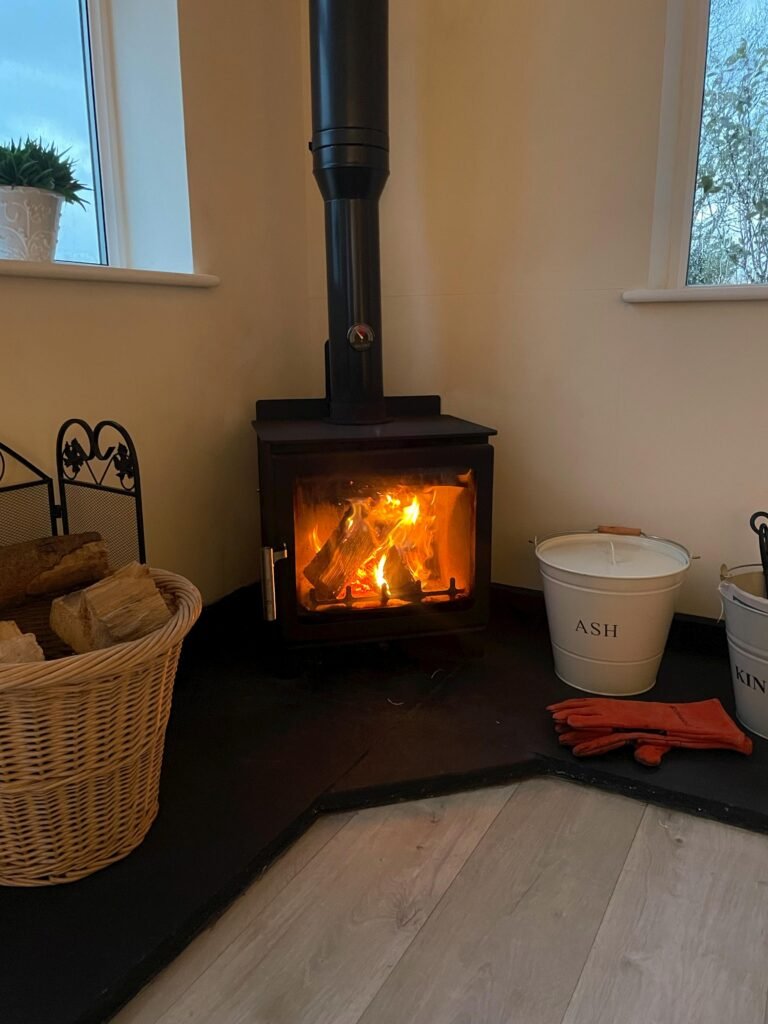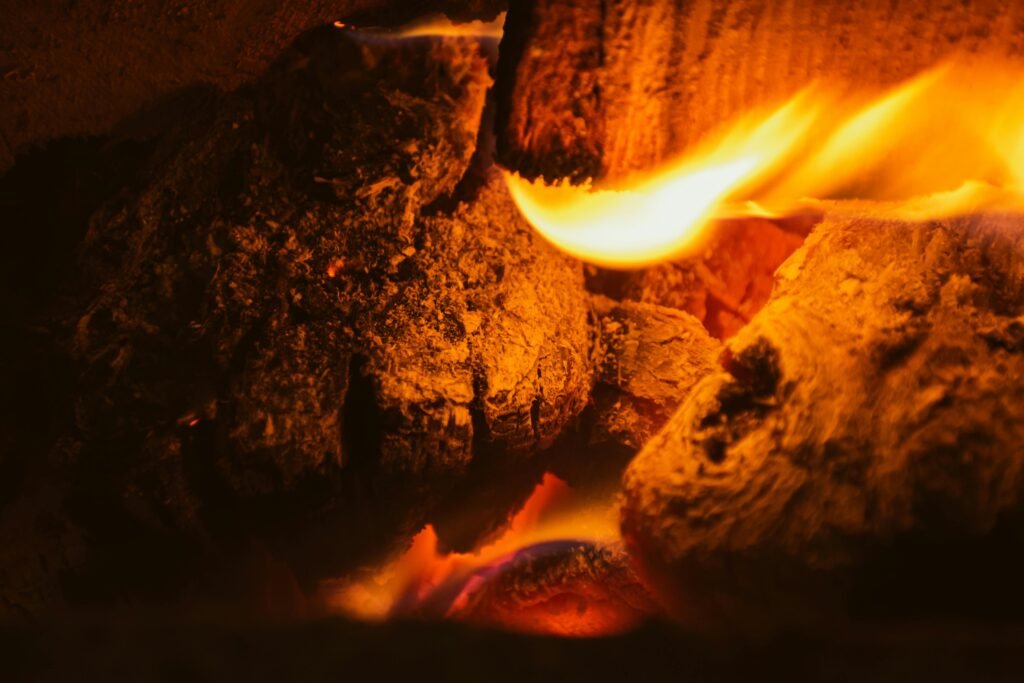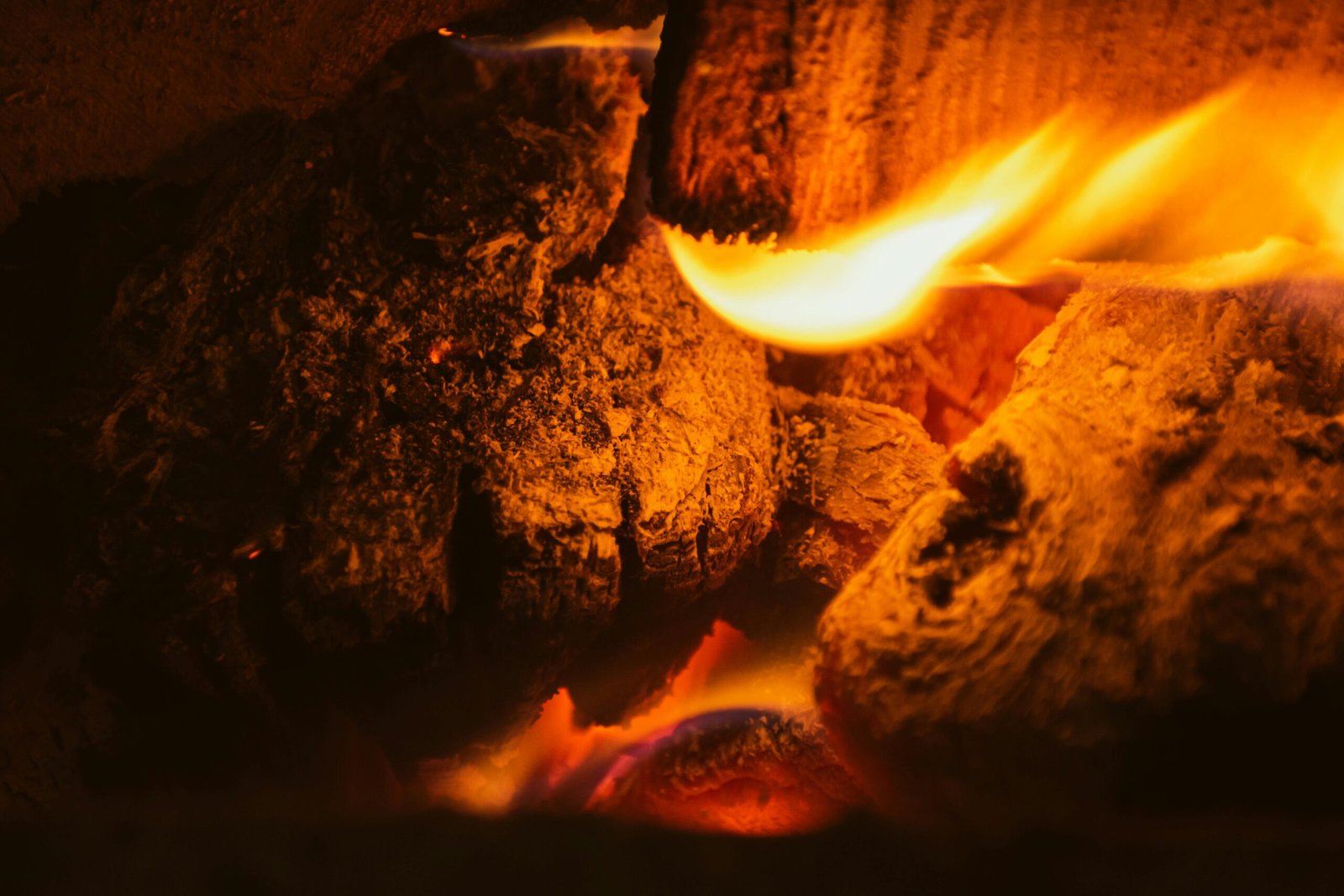Do you find yourself craving the cozy warmth of a fireplace during the chilly winter months? Well, look no further! In this article, we will explore the world of fireplace heater outputs and compare different options available to bring a comforting ambience into your home. Whether you prefer the traditional charm of a wood-burning fireplace or the convenience of electric or gas alternatives, we will delve into the various output capabilities of each. So, let’s get started and discover which fireplace heater will best suit your needs and provide the ultimate heat mastery for your space.
Introduction
What is a fireplace heater?
A fireplace heater is a heating appliance that is designed to provide warmth and ambiance to a room. It is typically installed in a fireplace and can be fueled by different sources such as wood, gas, electricity, gel, or ethanol. Unlike a traditional fireplace that primarily serves as a decorative feature, a fireplace heater is specifically designed to produce and distribute heat efficiently.
Importance of comparing fireplace heater outputs
When choosing a fireplace heater, it is important to compare the outputs of different models to ensure that you select the one that best meets your heating needs. The output of a fireplace heater refers to the amount of heat it can generate and how well it can distribute that heat throughout a space. By understanding and comparing fireplace heater outputs, you can make an informed decision that will provide you with optimal warmth and comfort in your home.
Understanding Fireplace Heater Outputs
Definition of fireplace heater output
The output of a fireplace heater refers to the amount of heat it can produce and distribute. It is usually measured in terms of British Thermal Units (BTUs) or watts. The higher the BTU rating or wattage, the more heat the fireplace heater can generate.
Measurement units for heat output
BTU, which stands for British Thermal Unit, is the most commonly used unit of measurement for heat output. One BTU is the amount of heat required to raise the temperature of one pound of water by one degree Fahrenheit. In addition to BTUs, some electric fireplace heaters may be rated in watts, which measure the amount of electrical power consumed.
Factors affecting heat output
Several factors can affect the heat output of a fireplace heater. The type of fuel used, such as wood, gas, electricity, gel, or ethanol, can significantly impact the heat generated. The design and construction of the fireplace heater, including the size of the heating element or firebox, also play a role in determining the output. Additionally, factors such as insulation, ventilation, and the size of the space to be heated can affect how efficiently the heat is distributed.

This image is property of images.pexels.com.
Comparing Heat Output Technologies
Traditional Wood-Burning Fireplaces
Traditional wood-burning fireplaces offer a cozy and authentic ambiance, but their heat output can vary. The heat output of a wood-burning fireplace depends on factors such as the type and quality of the wood used, the size and construction of the fireplace, and the draft in the chimney. Generally, wood-burning fireplaces have a lower heat efficiency compared to other types of fireplace heaters.
Gas Fireplaces
Gas fireplaces are a popular choice for homeowners looking for convenience and control. They can be fueled by natural gas or propane and offer consistent heat output. Gas fireplaces typically have a higher heat efficiency compared to wood-burning fireplaces and can provide a significant amount of heat. They also allow for easy temperature control and can be operated with the flip of a switch or the push of a button.
Electric Fireplaces
Electric fireplaces are a versatile and low-maintenance option for heating a room. They are powered by electricity and feature heating elements that produce radiant heat. Electric fireplaces are available in various sizes and designs, and they often come with adjustable flame effects to create a realistic fireplace experience. The heat output of electric fireplaces is measured in watts, and they can provide consistent and efficient heating.
Gel Fireplaces
Gel fireplaces offer a portable and eco-friendly heating solution. They use gel fuel cans that burn clean and produce real flames without the need for electricity or a gas line. Gel fireplaces typically have a lower heat output compared to wood-burning or gas fireplaces, making them more suitable for smaller spaces or supplemental heating. However, they offer the advantage of being easy to install and relocate.
Ethanol Fireplaces
Ethanol fireplaces, also known as bioethanol fireplaces, are another eco-friendly heating option. They use bioethanol, a renewable and sustainable fuel source, and produce real flames without the need for chimney or ventilation. Ethanol fireplaces offer a moderate heat output and are often used for decorative purposes or as supplemental heating. They are easy to install and maintain, and they can be placed in various locations within a room.
Factors to Consider When Comparing Outputs
Heat efficiency
Heat efficiency refers to how effectively a fireplace heater converts fuel or electricity into heat. It is an important factor to consider when comparing outputs as it determines how much of the heat produced is actually utilized to warm the room. High heat efficiency means less energy waste and more cost-effective heating.
BTU (British Thermal Unit) rating
The BTU rating of a fireplace heater indicates the amount of heat it can produce. When comparing outputs, consider the BTU rating of each model and choose one that matches the heating requirements of your space. A higher BTU rating generally means a higher heat output, but factors such as insulation and room size also need to be considered.
Square footage coverage
The square footage coverage of a fireplace heater refers to the area that it can effectively heat. When comparing outputs, consider the size of the space you want to heat and choose a fireplace heater that can adequately heat that area. It is important to note that the square footage coverage stated by manufacturers may vary based on insulation, ceiling height, and other factors.
Adjustable heat settings
Having adjustable heat settings allows you to control the output of the fireplace heater and customize the level of warmth in your room. Look for models that offer multiple heat settings, such as high and low, to suit different temperature preferences and weather conditions.
Heat distribution
Heat distribution is an important consideration to ensure that the warmth from the fireplace heater is evenly spread throughout the room. Some fireplace heaters have built-in fans or blowers that help to distribute heat more efficiently. Consider the design and features of the fireplace heater to determine how effectively it can distribute heat within your space.

This image is property of images.pexels.com.
Advantages and Disadvantages of Different Outputs
Traditional Wood-Burning Fireplaces
Advantages:
- Authentic and cozy ambiance
- High aesthetic value
- Can be used during power outages
Disadvantages:
- Low heat efficiency
- Requires regular maintenance and cleaning
- Potential for smoke, sparks, and indoor air pollution
Gas Fireplaces
Advantages:
- Convenient and easy to use
- Consistent heat output
- Adjustable heat settings and remote control options
Disadvantages:
- Requires access to a gas line or propane tank
- Installation costs can be higher
- Limited flame realism compared to wood-burning fireplaces
Electric Fireplaces
Advantages:
- Versatile and easy to install
- Adjustable flame effects for a realistic look
- Suitable for various room sizes and locations
Disadvantages:
- Reliance on electricity for operation
- May increase energy consumption
- Limited options for heat distribution in larger spaces
Gel Fireplaces
Advantages:
- Portable and easy to move
- No need for electricity or venting
- Real flames and ambiance
Disadvantages:
- Lower heat output suitable for smaller spaces
- Limited availability and fuel options
- Gel fuel cans need to be replaced regularly
Ethanol Fireplaces
Advantages:
- Eco-friendly and clean-burning fuel
- No need for ventilation or chimney
- Easy installation and maintenance
Disadvantages:
- Moderate heat output suitable for supplemental heating
- Ethanol fuel can be more expensive than other options
- Limited flame realism compared to wood-burning or gas fireplaces
Determining the Ideal Output for Your Needs
Considering room size and insulation
When determining the ideal output for your fireplace heater, consider the size of the room you want to heat and the level of insulation. Larger rooms or spaces with poor insulation may require a higher heat output fireplace heater to effectively warm the area.
Location and climate considerations
The location of your home and the climate in your area also play a role in determining the ideal output for your fireplace heater. Colder climates and drafty areas may require a fireplace heater with a higher BTU rating or wattage to provide sufficient heat.
Desired heating speed
Consider the desired heating speed when choosing a fireplace heater. Some models may heat up a room more quickly than others, which can be beneficial during extremely cold weather or when you want to warm up a room rapidly.
Budget constraints
Lastly, consider your budget when comparing fireplace heater outputs. Different outputs come at different price points, and it is important to find a balance between your heating needs and your budget. Keep in mind that more efficient and higher-output fireplace heaters may have a higher upfront cost but can save on operational costs in the long run.

This image is property of images.pexels.com.
Efficiency and Energy Consumption
Comparing energy efficiency
When comparing fireplace heater outputs, it is important to consider the energy efficiency of each model. Look for fireplace heaters that have a high heat efficiency rating, as this will ensure that the majority of the energy consumed is converted into heat rather than wasted.
Operational costs
Along with energy efficiency, consider the operational costs of the fireplace heater. Gas fireplaces, for example, may have ongoing fuel costs, whereas electric fireplaces rely on electricity, which can impact your energy bill. Factor in the cost of fuel, electricity, or gel/ethanol fuel when comparing different outputs.
Environmental impact
Consider the environmental impact of the fireplace heater outputs. Wood-burning fireplaces emit particulate matter and can contribute to indoor and outdoor air pollution. Gas fireplaces produce emissions but have fewer particulate emissions compared to wood-burning fireplaces. Electric fireplaces have no direct emissions but rely on electricity generation, which may have environmental implications depending on the energy source. Gel and ethanol fireplaces are often considered more environmentally friendly due to their cleaner fuel sources.
Additional Features to Enhance Output
Built-in fans and blowers
Fireplace heaters with built-in fans or blowers can help to distribute heat more effectively throughout the room. The fan or blower helps to push the warm air into the space, ensuring that it reaches all corners of the room and provides even heating.
Thermostat and remote control
Fireplace heaters with thermostats and remote control capabilities offer convenience and control over the heat output. The thermostat allows you to set and maintain a desired temperature, while the remote control allows for easy adjustment of heat settings without having to physically approach the fireplace heater.
Adjustable flame intensity
Some fireplace heaters offer adjustable flame intensity options, allowing you to customize the visual aspects of the fireplace. This feature can enhance the ambiance and create a realistic flame effect, adding to the overall appeal of the fireplace.
Installation and Maintenance Considerations
Ventilation requirements
Different fireplace heaters have varying ventilation requirements. Wood-burning fireplaces require a chimney for proper ventilation, while gas fireplaces may require a vent or flue for emissions. Electric, gel, and ethanol fireplaces do not require venting but may have specific clearance requirements. Ensure that you understand the ventilation requirements of the fireplace heater you choose and comply with safety guidelines for installation.
Safety precautions
Fireplace heaters can pose fire hazards if not used correctly. Always follow the manufacturer’s instructions for installation, operation, and maintenance. Ensure that the fireplace heater is placed on a stable surface away from flammable materials. Install smoke and carbon monoxide detectors near the fireplace and have a fire extinguisher nearby. Regularly inspect the fireplace heater for any damage or blockages and clean it as recommended by the manufacturer.
Maintenance and cleaning
Each type of fireplace heater requires different maintenance and cleaning procedures. Wood-burning fireplaces require regular cleaning of the chimney and removal of ashes. Gas fireplaces may need an annual inspection and maintenance by a professional. Electric fireplaces generally require minimal maintenance, while gel and ethanol fireplaces may require refilling and cleaning of the fuel containers. Follow the manufacturer’s guidelines for maintenance and cleaning to ensure optimal performance and safety.
Conclusion
Summary of key findings
When comparing fireplace heater outputs, it is important to consider factors such as heat efficiency, BTU rating, square footage coverage, adjustable heat settings, and heat distribution. Different types of fireplace heaters, such as traditional wood-burning, gas, electric, gel, and ethanol, have their own advantages and disadvantages in terms of heat output, ambiance, convenience, and environmental impact. Determining the ideal output for your needs involves considering factors such as room size, insulation, location, climate, desired heating speed, and budget.
Choosing the right fireplace heater for your needs
To ensure you select the right fireplace heater for your needs, carefully evaluate the output, features, and maintenance requirements of each type. Consider factors such as heat efficiency, heat output, adjustability, convenience, energy consumption, and environmental impact. Additionally, ensure that you comply with installation and safety guidelines to enjoy a safe and efficient fireplace heating experience. By comparing and considering these factors, you can make an informed decision and enjoy the warmth and ambiance of a fireplace heater that suits your specific requirements.




